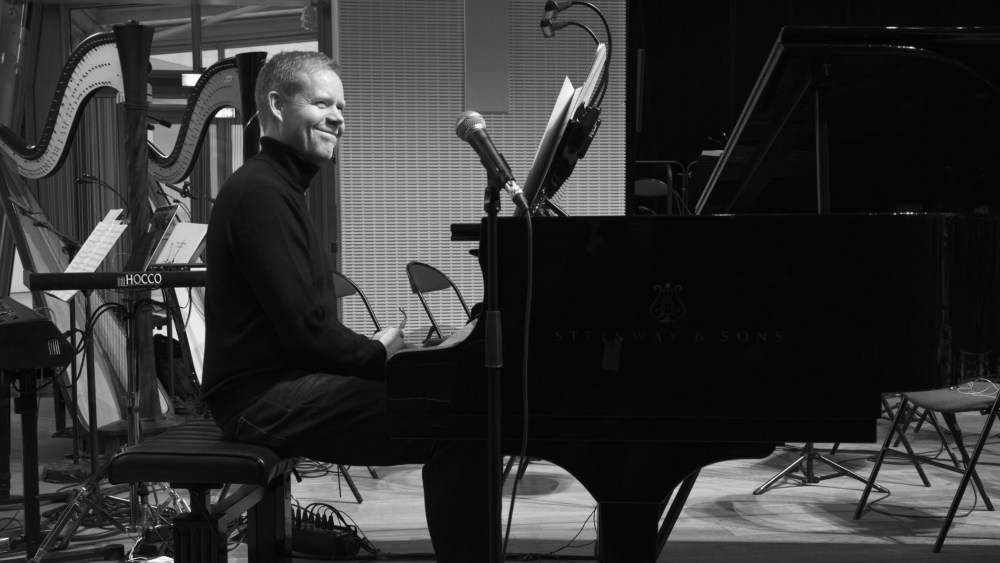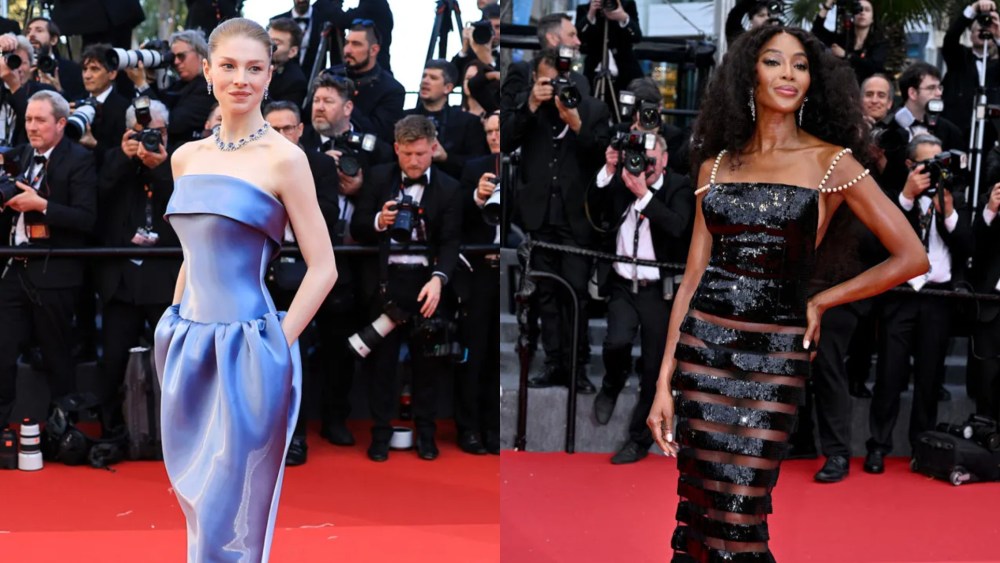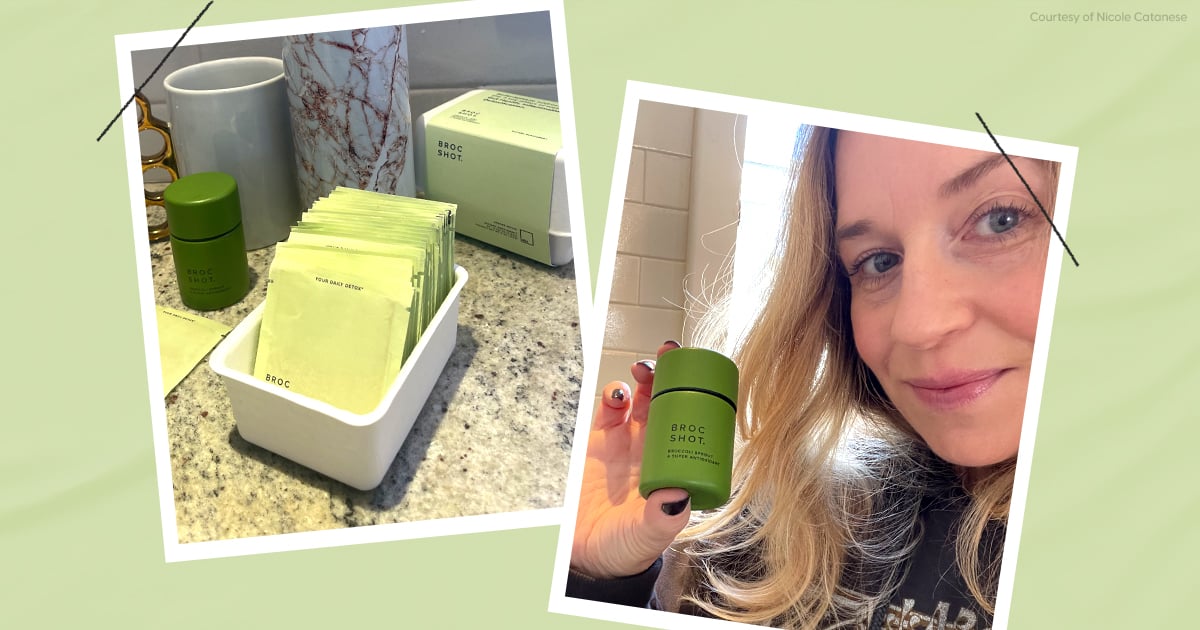What does fashion have in common with Max Richter’s acclaimed recomposition of Vivaldi’s violin concertos “The Four Seasons”?
Plenty, it turns out, even if Richter never imagined his 2012 recording would end up soundtracking recent Dior, Valentino, Fendi, and Maison Margiela Artisanal runway shows, to name but a few.
“One of the nice things about releasing records is that you don’t really know where these things go once they’re out in the world,” Richter muses over Zoom from his recording studio in Oxfordshire, England, a grand piano and a busy bookcase looming in the background. “For me, that music is an evocation of the idea of possibility, the idea of the potential, that something is about to happen. And in the case of the music, of course, it’s spring itself.”
Yet he understands “that sort of grammar, that sort of sensation, that sort of evocation” would be very appealing to a fashion designer who is presenting a new collection and telling a new story.
“It’s music about beginnings. And I think there’s something very emotional about the material,” he says. “In a lot of ways, fashion is about expressing and evoking joy and pleasure. And so you can see how these things might easily fit together.”
In an interview, the soft-spoken German-British composer muses on his unplanned adoption by the fashion world, which found his stirring, minimal music — full of yearning — a perfect accompaniment to its universe, as have numerous filmmakers, ballet companies and video game developers.
“It was one of the nice things that happened — people started to embrace the material and connect it to their worlds, which was really wonderful,” Richter says. “Writing the piece of music is sort of half of a conversation. I’m actually very interested in what people bring to the experience themselves. You know, every listener, every creative person has a biography.”
In fashion, Richter has forged a close working relationship with Kim Jones, who has commissioned several original compositions or reworkings for several Dior and Fendi fashion shows, to memorable effect.
“For me, Max is the greatest living composer, but also a modern composer. His music evokes so many emotions and is such a brilliant soundtrack to my life and my work,” Jones says. “I love Max, as a person as well, and the way he thinks inspires me so much. When I am thinking about a collection, a lot of the time I think in the way that Max works looking at music.”
Richter has already soundtracked about half a dozen shows for the British designer, including for his Dior men’s fall 2024 collection inspired by Rudolf Nureyev’s flamboyant wardrobe, plus a short film for Fendi’s women’s collection directed by Luca Guadagnino.
Jones says Richter “has a sensitivity to fashion especially when there’s a subject matter like Nureyev, where we actually made a piece of music, and we talk about things in so many different ways. What I really love about Max is that he’s quite a quiet person, but you can see when he’s really excited by something.”
And how does Jones feel when he hears a composition by Richter?
“You can feel happy to it, you can cry to it, you can feel every emotion under the sun — it’s everything,” he says. “He creates a life around a life.”
From his side, Richter says he finds it enriching to have encounters with creatives from other fields, be it dance, film or fashion.
He characterizes collaborations as “alchemy” between people. “The thing about Kim is he’s extraordinarily brilliant,” he enthuses. “He’s really a great creative thinker, very multidimensional. So, really what happens? In our case, we just have conversations, you know, it’s a very conversational process. ‘What about this? Or what about that?’ It’s pure, creative fun.”

“It’s always interesting to be around people working in other creative disciplines,” he continues. “We’re all engaged, in a way, in the same process, which is a sort of a storytelling process, a process about altering our relationship with the world around us in some way. A piece of music is like a time machine, and also some kind of teleportation system, which can take you somewhere.
“I think fashion functions in a similar way, when you’re wearing something beautifully made, very intelligent, very thoughtful… It has a sort of transformative effect.”
Richter’s approach to dressing seems as austere and restrained as his music. “I have a million different black things,” he says, noting he tends to go a little more tailored for ballet performances, and a “bit unstructured” for fashion-related performances, such as a recent one where he gleaned inspiration from the recent Rothko retrospective in Paris for a performance at the exhibition’s venue, the Louis Vuitton Foundation.
He confesses to having a small collection of watches, flashing his black-faced Braun timepiece, considered the designers’ designer watch, and the Dior Chiffre Rouge on his wrist. He also has an Omega Speedmaster Moonwatch, a wink to his childhood ambition to become an astronaut, and a Snoopy Timex bearing an image of the piano-playing Peanuts character Schroeder, “a great hero of mine as a kid.”
Richter views his penchant for black clothing as his solution to dressing conundrums, a practical streak he has also applied to his musical compositions, notably with the 2015 release “Sleep,” an eight-hour piece meant to be enjoyed in bed.
“The original starting point for ‘Sleep’ was to try and make a piece which could act as a kind of alternate reality to the data-saturated reality that was starting to happen in 2013/2014 when I wrote the piece,” he explains.
Last year, he released an EP of remixes titled “Sleep: Tranquility Base,” unwittingly making him part of the wellness movement and reviving a long-dormant practice of composers making music for a specific purpose.

“I’m interested in the idea of music with a kind of utility aspect,” Richter says. “Mozart wrote music for, you know, having dinner, getting married.”
The composer is working on a new record slated for release later this year, and has performances lined up at the Kulturpalast in Dresden on May 31, Queen Elizabeth Hall in London on June 8, and the Philharmonie de Paris on Nov. 16.
Also coming up in June is the New York premiere of “Woolf Works” at the Metropolitan Opera, Wayne McGregor’s ballet triptych that re-creates the themes, and fluid style, of three of Virginia Woolf’s novels, and the London premiere of “Maddaddam,” a ballet based on McGregor’s interpretation of three of Margaret Atwood’s novels.
Earlier this year the Louis Vuitton Foundation in Paris asked Richter to compose and perform a new piece to accompany its blockbuster retrospective of the late American painter Mark Rothko, which turned out to be a dream commission.
“It’s funny, my wife Yulia and I had our first date at a Rothko exhibition at the Tate,” he says with a self-conscious chuckle, musing, “I don’t know what that says about me…”
He calls Rothko a lifelong inspiration and “having the opportunity to spend time in the gallery when it was closed, and during our rehearsal process, I mean, it was just spectacular, really unforgettable.”
His reinterpretation of Vivaldi’s “Four Seasons,” meanwhile, was actually something of a rehabilitation and reclamation project.
Richter notes that he fell in love with Vivaldi’s compositions as a child.
“When I first heard this piece, I thought it was this precious jewel which I had discovered, only to realize later on it was just everywhere — in advertising and jingles and as background music to people trying to sell you insurance on the phone, so I grew to really dislike this piece.”
His salvage mission helped him rediscover his deep affection for the music, and to hear him describe his take on “Spring,” one understands why. “Vivaldi originally starts with just a solo violin and one other violin playing these birdsong patterns. And what I wanted to do is imagine that, you know, instead of just a couple of birds singing, all the birds in the world would start to sing.
“I guess that’s joyful?” he asks rhetorically.
Word has it Richter could soon be playing a different kind of notes: Last January, he was spotted front row at the fall 2024 men’s show of Comme des Garçons, which is celebrating the 30th anniversary of Comme des Garçons Parfums later this year.



